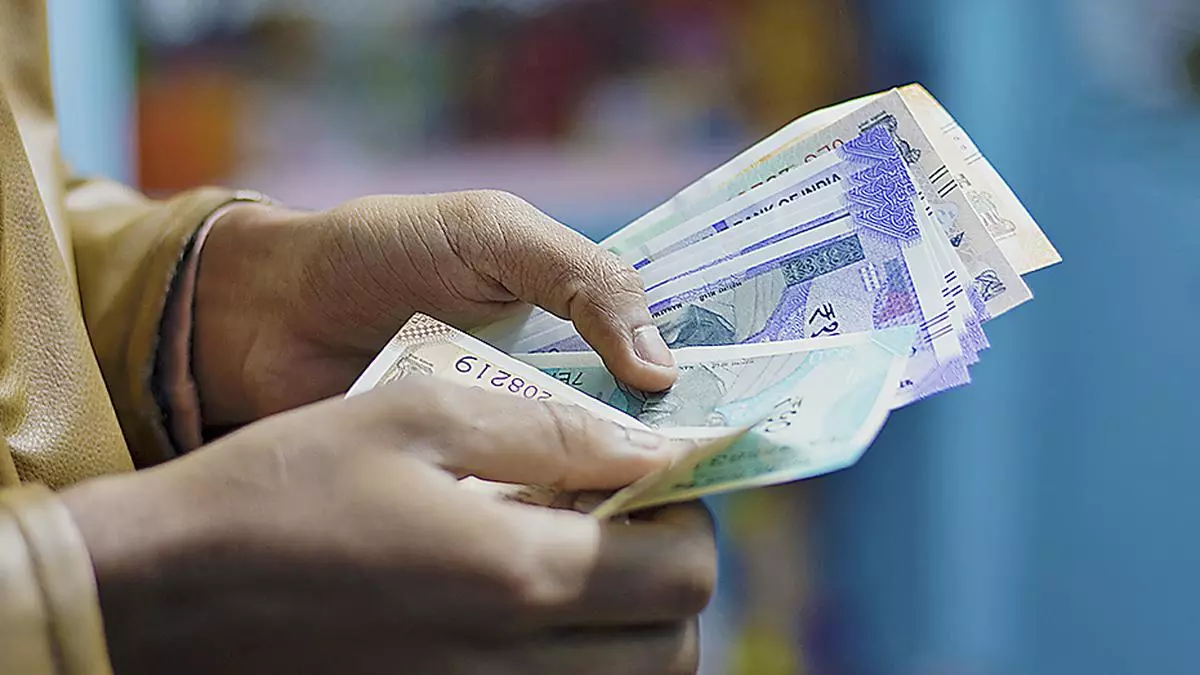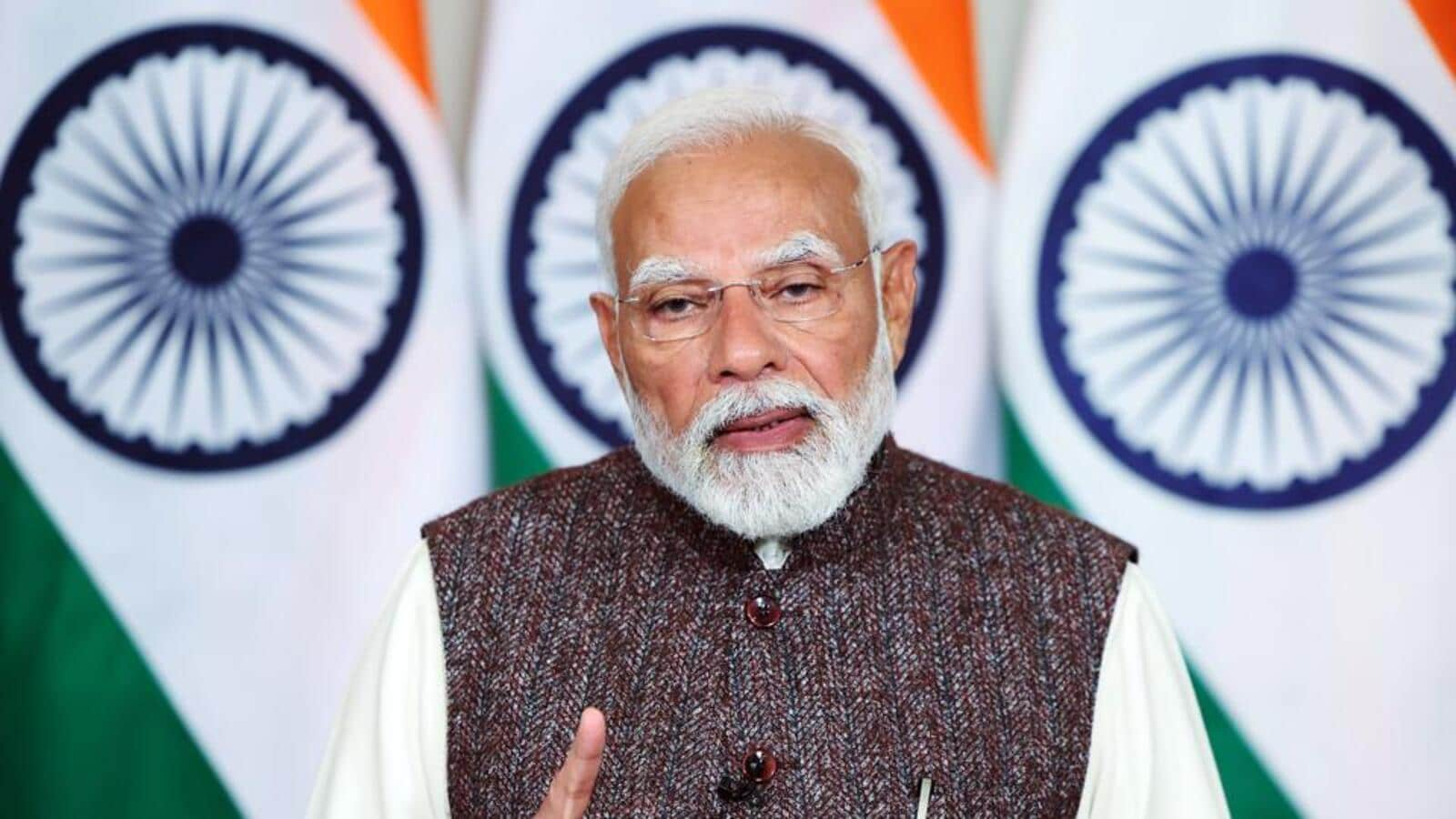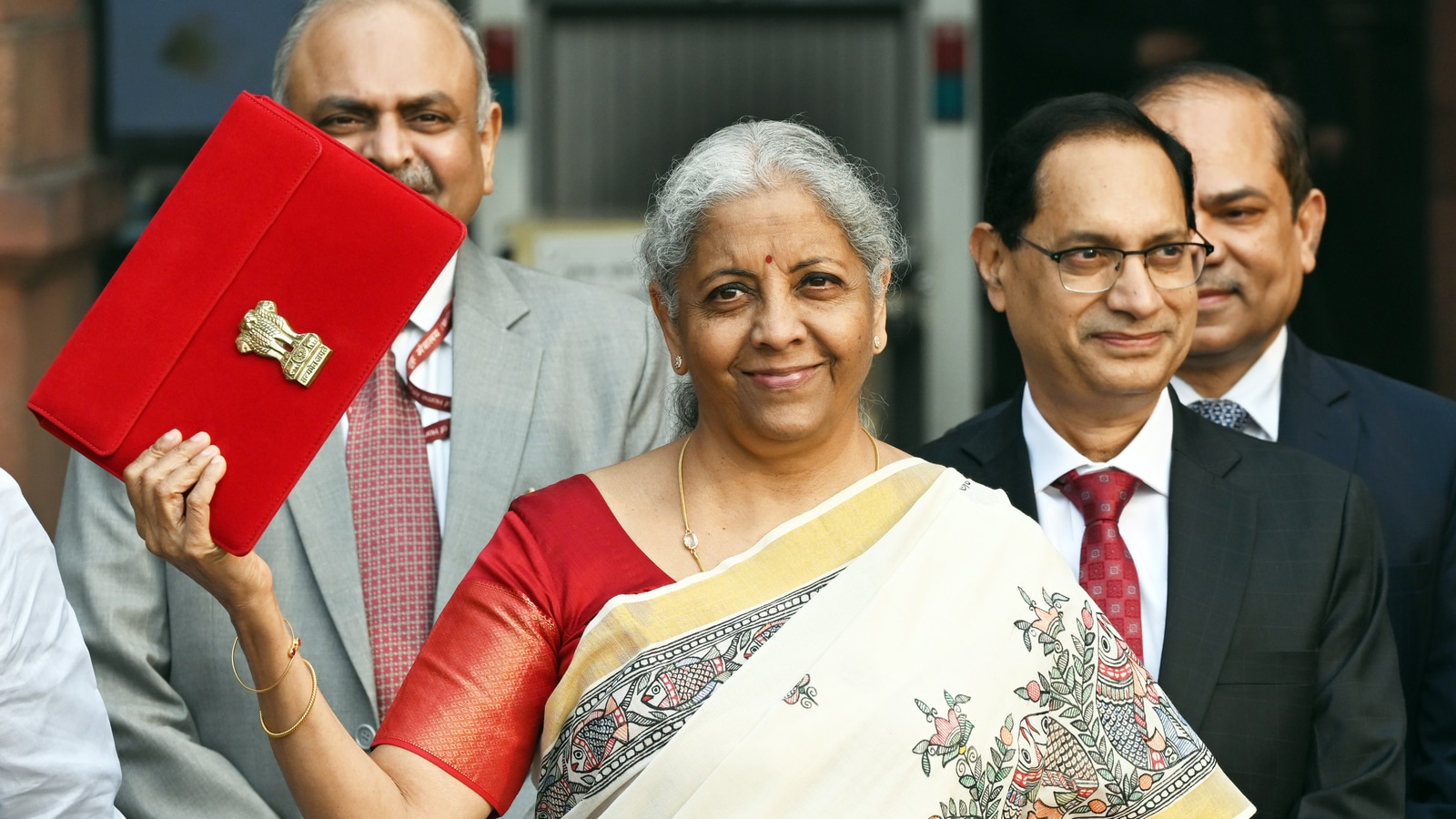The Union Budget proposal to double the tax deduction at source (TDS) limit for senior citizens to ₹1 lakh and increase this limit from ₹40,000 to ₹50,000 could help banks attract deposits.
These proposals come at a time when Banks are finding deposit mobilisation a challenge in the face of other investment avenues offering relatively higher returns.
Senior citizens are a source of stable deposits for banks and the doubling of the TDS limit could encourage them to maintain higher balances.
Currently, the TDS is 10 per cent for those with PAN (permanent account number) and 20 per cent for those without PAN.
Banking expert said assuming the return at 8 per cent for senior citizens, they can now invest up to ₹12 lakh in a single bank without attracting TDS. This was ₹6 lakh so far without attracting TDS.
“For others, they can invest up to ₹6.5 lakhs without attracting TDS. Assuming 7.5 per cent interest rate. Moreover, senior citizens/others also have more money in their hands due to no tax up to .₹12 lakhs/reduced tax slabs,” he said.
Scheduled commercial banks (SCBs)’ deposit growth (excluding the impact of the merger of HDFC with HDFC Bank) stood at 10.2 per cent as on December 27, 2024 (12.6 per cent a year ago).
WADTDRs rises
On the deposit side, the weighted average domestic term deposit rates (WADTDRs) on fresh and outstanding deposits increased by 243 bps and 195 bps, respectively, during the May 2022 to November 2024.
During Q2 (July-September) of FY25, the cost of funds increased marginally for Scheduled Commercial Banks. The Economic Survey for 2024-25 noted that as the transmission was faster for lending rates relative to deposit rates and the overall yield on assets remained broadly stable during the last year, the net interest margin (NIM) has marginally declined across all bank groups.
Visit www.cagurujiclasses.com for practical courses










